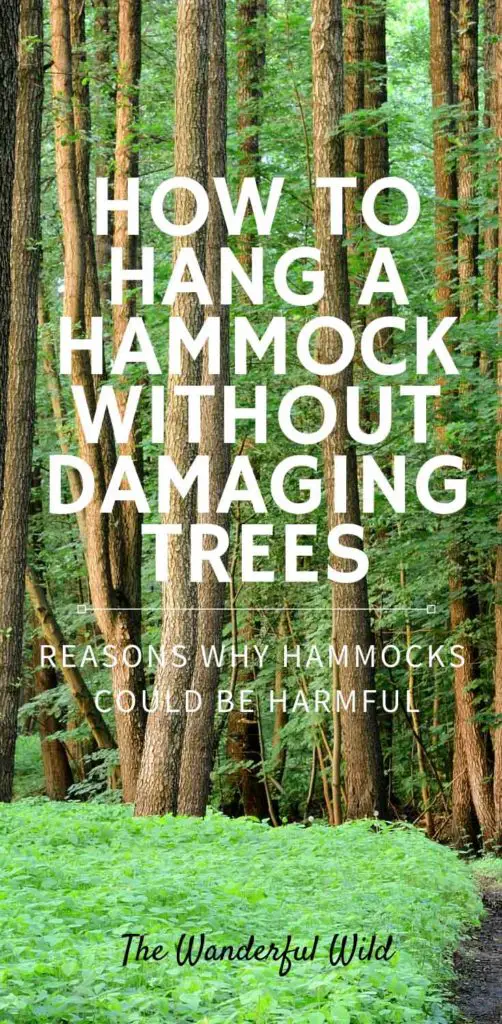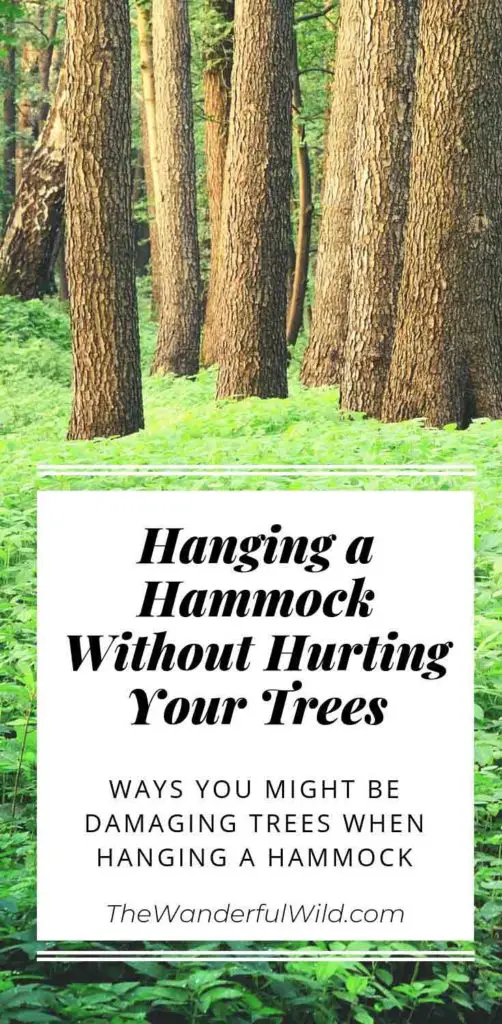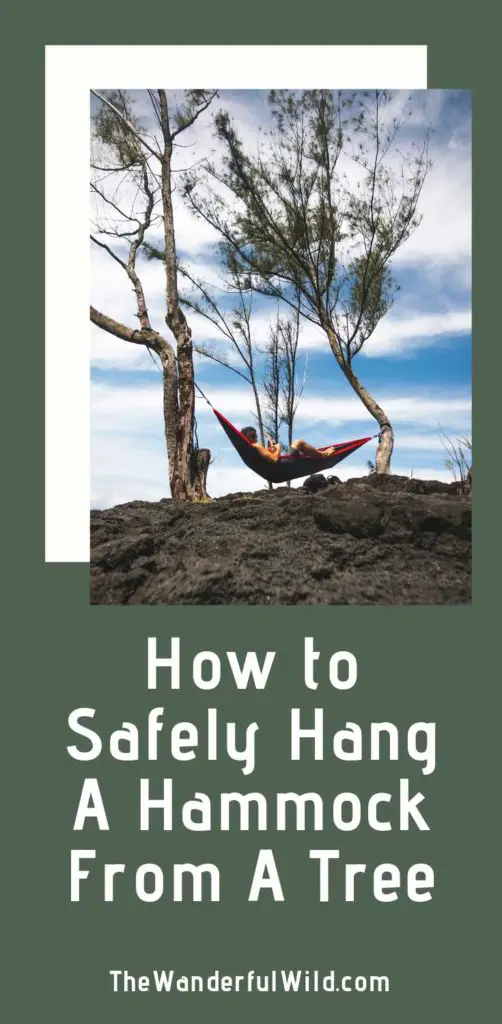“Well, isn’t hammock camping bad for the trees, Chris?” I’ve been asked this question or some variation of it several times by different people when they find out I’m a hammock camper. So I thought that if so many people in my immediate circle were asking, then it might be a good idea to make a post to explain the pros and cons of tree health when it comes to hammock camping. Buckle in…this is a long one.
So are hammocks bad for trees?
The answer is – yes and no. No, hammocks are not harmful to trees if you use wide straps that distribute the pressure of the hammock evenly AND without destroying the bark. Yes, hammocks are harmful to trees if you use ropes or paracord since those materials are thin and can cut into the tree’s bark and expose the living part of the tree. Just wrap a thin rubber band tightly around your finger and then do the same with a thick rubber band and see which cuts into your skin more. The same concept applies to straps and tree bark.

So I realize I’m talking out of both sides of my mouth when answering this question, but it really depends on if you do things properly and safely. There are a lot of pros to hammock camping when you are being conservation minded while you are camping. The cons are really all focused on the inexperienced people who hammock camp without using the correct equipment. So let me get into explaining why hammocks can be both harmless and harmful to trees.
Set up your hammock safely to prevent tree damage
Hammocks are not harmful to trees if you know what you are doing and have done your research. If you are selecting the perfect grouping of trees for your hang, and are using the correct equipment, then you will not be risking damage to the trees. There are a few things you can do to make sure you don’t damage a tree.
Select the right trees
Selecting the right trees for your hang is only half the battle. I’m a safety first kind of guy and being safe while hammock camping is no exception. You always want to err on the side of caution and look for only the healthiest and strongest trees to use to set up your hammock. Now before you go and throw some straps around any tree, it is crucial that you always make it a habit to look up. Like I’m talking about life or death, people. The reason? Widowmakers – dead branches that are loose and hanging in the tree. Be positive that you always look for widowmaker branches that have the potential to fall on or around you. Identifying dead trees and widowmakers is easy if you know what to look for. If you don’t see leaves on all the branches of the tree and it looks like a few big branches are dead, walk away. There are so many trees in the woods. Always ensure safety and find another campsite with healthy trees.
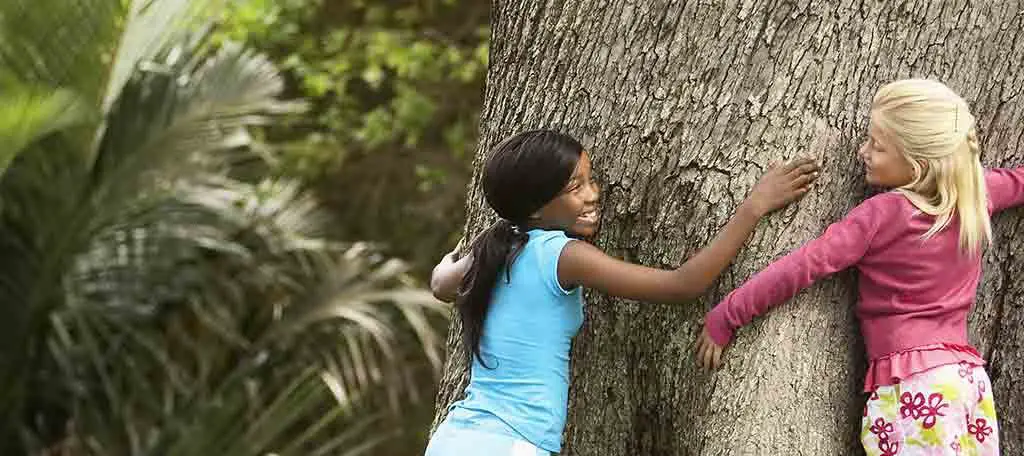
Select the right equipment
So now that you know how to select the perfect trees, the next topic we need to discuss is the equipment you are going to be using to hang your hammock.
When it comes to protecting trees, selecting the proper equipment is really important. Surprisingly, this topic is rarely brought up when I hear or read about someone getting into hammock camping. A beginner’s hammock camping shopping list only consists of a hammock and maybe a tarp. Usually, the most important equipment is left out, forgotten, or they are just unaware that it is needed.
What am I jabbering about? Straps. Get good straps and protect the trees. If you use proper straps there is little risk of doing any damage to the tree. It’s good to note here that not just any straps will do – you must consider the width of your straps. There are less expensive strap set-ups on the market. However, these set-ups are usually no better for the trees than rope or paracord.
If you’re using wide straps and securing them correctly, the straps distribute the pressure of the hammock evenly thus preventing damage to the tree. The same principle is true of lying on a bed of nails. When you lay on the bed of nails, your body weight is distributed evenly over all of those sharp nail tips and you don’t feel much at all. Fewer nails will equal more pain as there is less surface area to distribute the weight of your body and your skin will likely be punctured. In the case of putting your hammock straps on the trees, you must ensure that you are wrapping your straps securely in such a way that they do not slide up and down the tree.
So let’s get into the other side of this story…
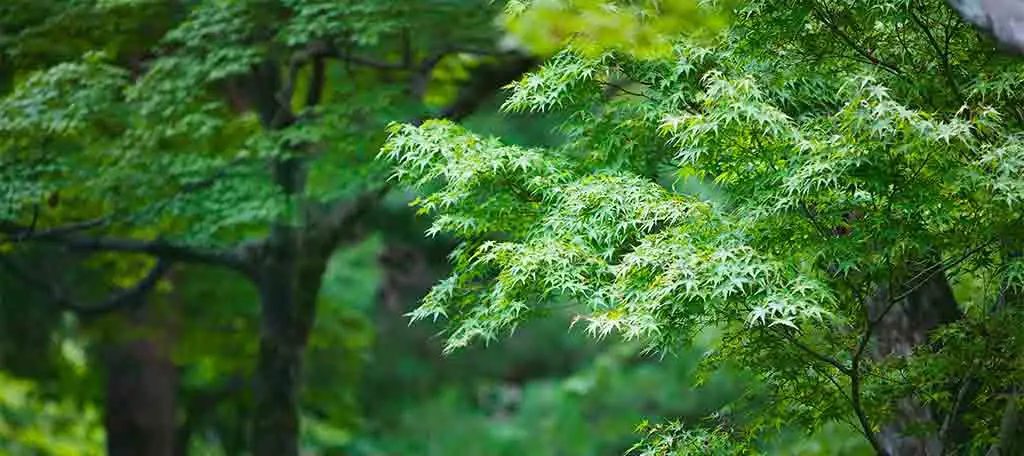
Do hammocks hurt trees?
Yes, they can.
I’m an avid hammock camper and I’m never afraid to discuss the good, the bad, and the ugly parts of hammock camping. If you’re well-informed and have done your research, you will have the ability to make the decision if hammock camping is right for you. For me, the pros far outweigh the cons. The cons are only cons if you remain uneducated and don’t do the research. I spent weeks, maybe even months, researching and preparing for hammock camping well before I even did my first set-up in my own backyard.
As I tried to stress previously, getting straps with the proper width is key. Unfortunately, there are still people out there who either don’t know the importance of straps when it comes to tree health or they simply just don’t care.
I got me some paracord – I’ll just wrap some up and I’ll just hang from that!
Rough, Tough, Macho Backwoods Guy
Worst idea ever. I know there are a lot of individuals out there that treat paracord like the duct tape of the woods.
Please don’t be this person. I love me some paracord just as much as the next person, but there’s a time and place – or better yet, time and use. Using paracord for hammock camping is a terrible idea for two reasons. First, anyone who has used paracord for anything requiring a significant amount of weight to be held knows that the paracord fatigues over time and turns into a mushy rubber band. Ok…yes, technically paracord is rated to hold up to 550 lbs or more before it breaks. However, one must always take into account the stretch.
Let’s say you did decide to use paracord (I’m not sure why you would if you are still reading this, but I’ve been surprised before) well, my friend, by morning you would be sleeping on the ground. All that time you spent trying to get the perfect hang angle was all for zilch. I really hope you didn’t need to keep your set-up hanging for more than one night…
I digress…back to tree health…
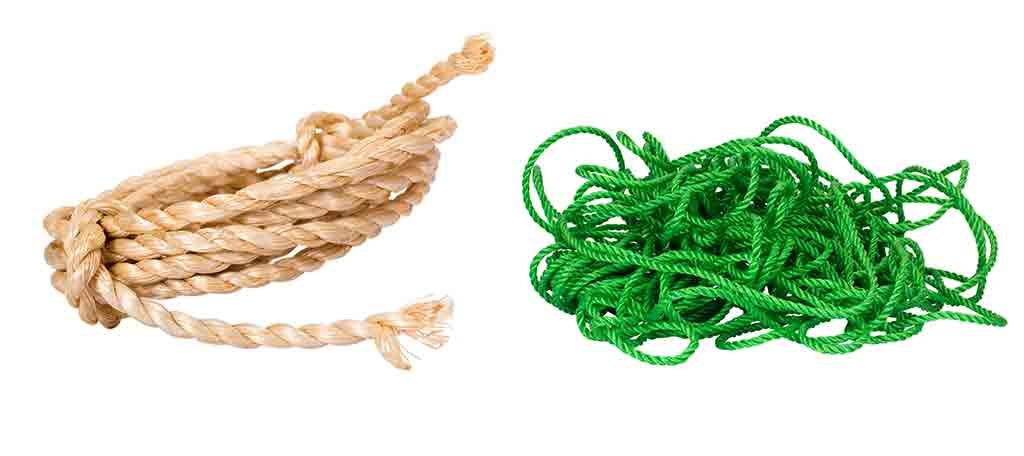
Paracord doesn’t allow proper weight distribution and will, without a doubt, do a lot of damage to the trees you chose to hang from. The paracord will ultimately expose the living tree under the bark. No good. I’ll explain why in a minute.
The second scenario is a lot like the first. If you decided to use rope instead of straps, you would have the same issue – the rope will cut into the bark and damage the tree. Now, the rope will be strong enough and won’t stretch the same as paracord and you will likely still be hanging in place in the morning.
Maintaining tree health while hammock camping
Why you should care about damaging tree bark
Now for a little tree anatomy. I feel like this is super important to know if you plan to do any hammock camping. There surely are way more knowledgeable people on this subject than I am, but I’m just going to give you the bare bones, the gist of it. Most people don’t realize that the layer under the bark is the actual living layer of the tree. Under the tree’s bark is the phloem layer which is the trees vascular tissue. This layer is responsible for distributing the sugars and nutrients that are needed to keep the tree alive. In other words, when you cut through the bark of the tree to it’s living layer, basically you are cutting its veins. If the tree cannot properly transport food, water, and nutrients from roots to leaves due to damage, the parts of the tree that weren’t able to be reached will die. This leaves the entire tree at risk of death.
Think of the bark of the tree like our human skin. Skin keeps out infection, diseases, parasites and probably other things that my mind forgot the moment high school biology class was complete. Anyway, the bark of a tree acts like our skin. It’s the outer layer that protects the living part of the tree from all the bad things trying to do damage to it. If you had an open wound on your arm, you wouldn’t want it exposed making you more susceptible to infection, would you? It the exact same concept with a tree.
Pests and insects can be a huge problem for trees. They are always looking for ways to get inside of the trees and do whatever damage they do. Over time, these bugs can do a lot of damage and ultimately kill the tree. In my area, the Emerald Ash Borer killed off most of our Ash trees. It was a terrible loss in our region.
Mold and fungi can also get in and feed off the moisture of the tree when the bark has been damaged thus turning the wood into a buffet. Having the living part of the tree exposed opens up the potential of the wind and sun drying out the tree so the water can’t get to the leaves which ultimately can starve it to death as well.
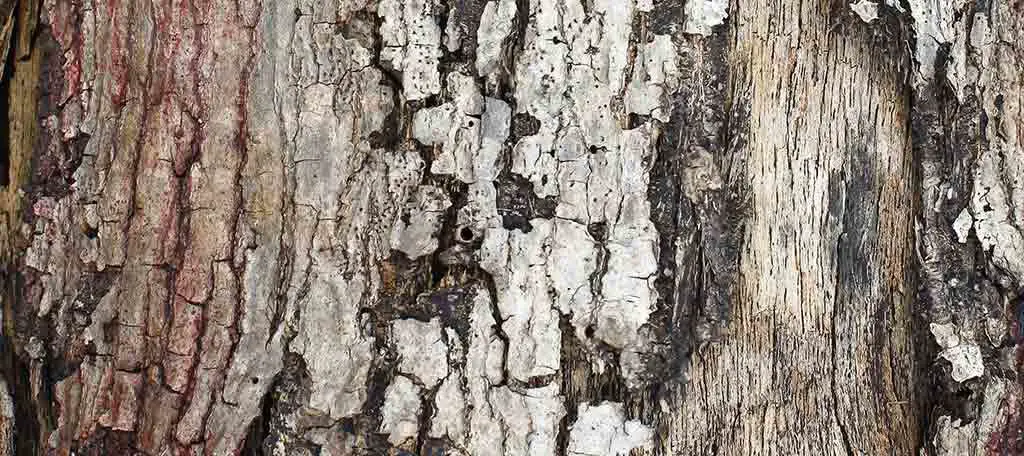
When you break or damage the bark with a rope or paracord while hanging a hammock, you expose the living tree leaving an open door to anything and everything that can kill it. You need to be especially mindful when selecting the equipment you will use because you are wrapping the entire circumference of the tree. If your equipment damages the bark all the way around the tree where your straps, rope, paracord, etc. cut in, the tree will eventually die. You really don’t want to do that, do you?
Be respectful and leave no trace
Being respectful of the woods and leaving a small footprint is really important. A lot of people I have talked to about hammock camping got into it just because they are conservation minded. I have a feeling you are too based on your search that lead you to this post. If you are switching over to hammocks because you want to have a smaller footprint while camping, it’s so important to do it right. You have to do your research and have the proper equipment to ensure you are protecting the health of the trees you choose to hang from. In scouts, we have a saying. “Leave no trace.” Words to live by.
So Do Hammocks Hurt Trees?
So honestly is hammock camping bad for trees? Yes, it can be if you’re not smart about it. Hammock camping has the potential to do more long term damage than tent camping BUT (this is where there is a big but) all tree damage can be prevented. It is possible to hammock camp without even letting the tree know you were there. Research, preparation, and proper equipment. I can’t stress those things enough.
I hope this post was informative and has answered any of your questions on how hammock camping affects trees. If you are one of the people who has been using rope or paracord to hang your hammock, it’s okay. We can still be friends. Nothing in this post was meant to put down or shame anyone. Perhaps you just didn’t know better. Now you have the knowledge and you can make it right. It’s never too late. They say when you know better, do better. That’s all any of us can do.
So please do your homework and hammock camp responsibly. Be sure to educate those who may not know any better. We all need to do our part to keep all the woods on this beautiful planet the tranquil, sanity-saving oasis’ they are.
Thanks and as always, have a Wanderful time in the Wild.
